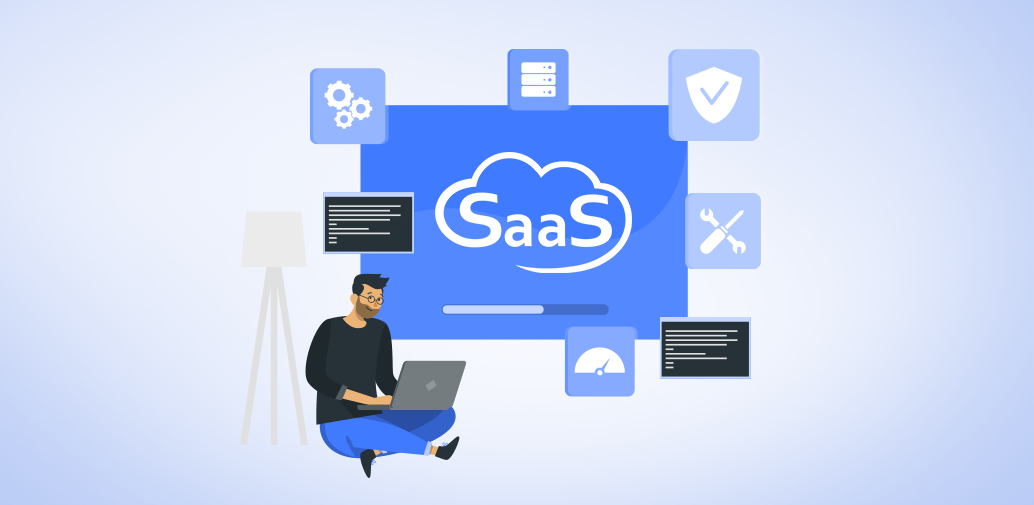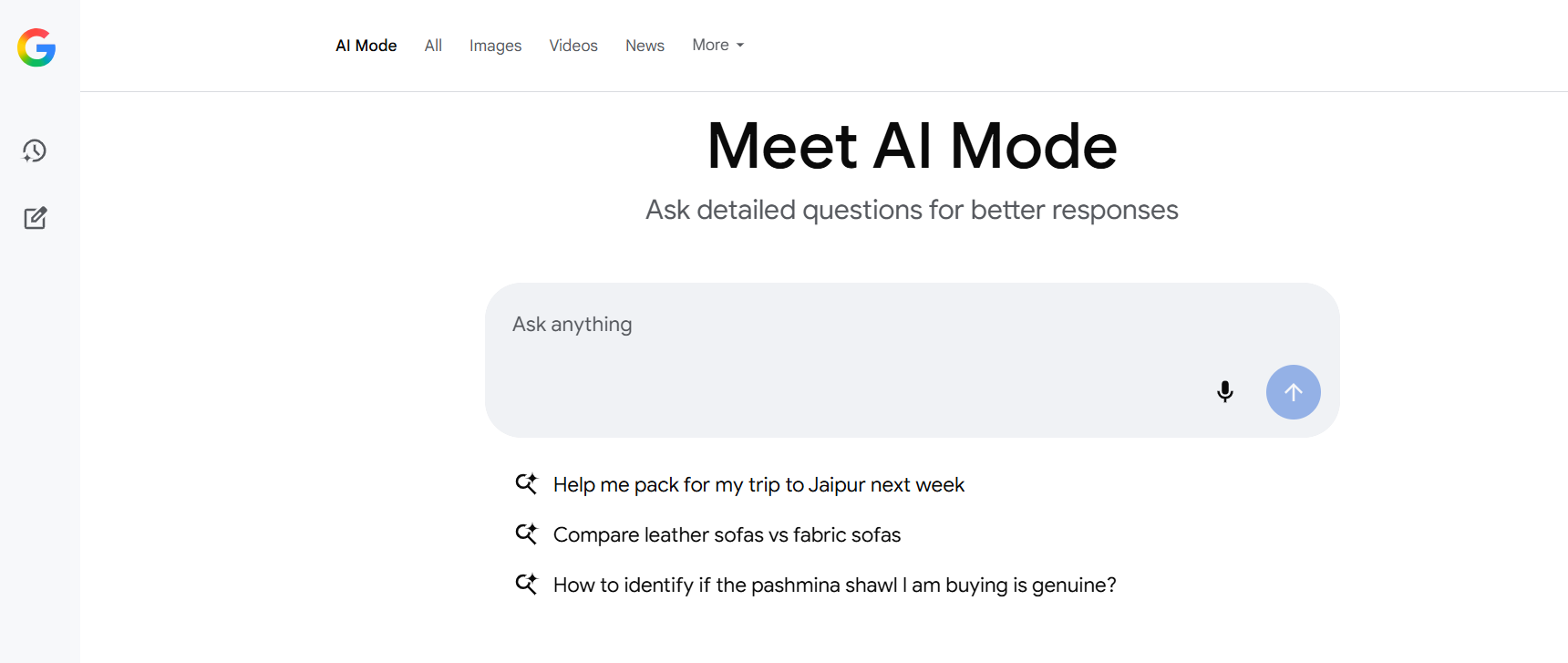The world is witnessing a shift in all-scale industries towards data-driven business
decisions. You are here proving your mindset to be on the right path and you might
have already begun with your unique SaaS business model. In every business,
especially for all-around digitally operated ones, there are 40+ metrics to track with ideal
software resources. It’s no different for SaaS businesses, but the golden rule remains in
knowing which metrics can provide advantageous insights for your innovative SaaS business.
A short recap on SaaS
You must already have heard repeatedly that SaaS stands for Software-as-a-Service. The name kind of explains itself, when software is being sold or hosted as a service to be used in a monthly or annual package then it becomes a SaaS business in operation. This Software is hosted on a cloud infrastructure that can be accessed through a web browser. This strongly contradicts the traditional software delivery model with flourishing benefits for the Software subscribers. SaaS category software does not require installation procedures with specific hardware requirements, unlike conventional software products.
List of top 5 [+1] expert-curated SaaS metrics to precisely track
- Number of Active Users or NAU
It’s very common that you are going to keep track of the total number of distinct customers who had purchased a SaaS product even once. But that’s not enough, you need to keep close track of the entire Active Users Flock. As SaaS businesses dominantly function on the monthly subscription model, the role of NAU gains more importance. The number of active users will be the potential customers who would renew subscriptions and even purchase a greater upscaling software package. First set the return rate for which you will consider a User as an Active User. Then find the sum of Daily Users + periodic returning users of the SaaS product. The most ideal time frame irrespective of the SaaS business is to calculate on a monthly span of NAU. - Customer Acquisition Cost or CAC
What if the amount you are spending to acquire a new customer is much greater than the value they bring to your business? Yup, you are walking towards doomsday. This exact cost of acquiring one new customer of your SaaS platform. CAC has imperative value for a SaaS business operating in the early phase or beginning of its journey. CAC helps in finding how feasible the present model of business is and the immediate measures for kickstarting growth. For calculating this CAC you need to first add the total expenditure on Sales, Marketing and Promotional efforts in a particular month. Then you have to divide this expenditure amount by the total number of newly acquired customers in that particular month. - Subscribers among Interest Groups
A SaaS subscriber goes through a funnel flow before reaching the decision of actually spending their money. There will be an immense number of people showing primary interest in your company & its SaaS products. But you need to know how many among these audience groups are actually making a purchase decision. If you don’t yet have a freebie subscription like a newsletter, guide or book-then you can use the Total Average Monthly Website as your Interest Group. Compare this group count with the total number of average subscribers you are obtaining. Find the percentage by the formula of Total Avg. Subscribers/ Total Interest Group Count, then multiply 100 by the number. - Revenue Churn Rate
Always keep this in mind, acquired customers hold more value than your new customer or potential leads. Keep a close track of how much business you are losing in the form of revenue every month. The revenue churn rate will greatly depend upon the customers lost in a certain time period. For most SaaS platforms, there are multiple subscription packages with multiple users- this is where the revenue churn rate gains more importance than the customer churn rate. This can be calculated by summing up the total amount of failed renewals by the subscribers. You need to also add the lost amount if a subscriber has shifted into a lower subscriber package than a higher one. - Customer Lifetime Value (CLV)
This is an average calculation of the payment an acquired customer makes during the prime engagement phase. The formula for calculating CLV goes as CVV= Customer Lifetime rate X ARPA(Average Revenue Per Account). 1/customer churn rate yields the customer lifetime rate and on the other hand ARPA= Total Revenue/Total number of customers. This CLV supplies businesses with future growth prospects and their business model reliability. If your SaaS company will be pitching towards investors, a good CLV value can amplify your chances of securing funding. On every step of your SaaS business, it’s important to know the worth of your average customer, CLV sheds light on this as well. - Ratio of CLV to CAC
If you are attentively reading then you already know how to find the CLV & CAC of your SaaS business. But the ratio between them has a unique significance- a deep comparison between the lifetime value of a customer and their acquisition cost. This metric serves as a hard-hitting truth about present marketing efforts in the SaaS business. Leveraging CLV : CAC Ratio you can deploy alterations to the marketing and sales pushing strategies.
Dig up this value by dividing CLV by CAC and keenly analyse if the CLV is far greater than the CLC Value. If the CLV value is three or greater than CLC then you can be acknowledged to be running an effective SaaS business model(here you get a metric within a metric, very cool indeed). Therefore, if you get a ratio like 1:1, 2:1 then your acquisition cost is too much, try strategies for CAC reduction. But if your CLV happens to be much greater than three times, making the output ratio 6:1 or 5:1 then you are supposed to be getting more subscribers just by ramping up the marketing costs slightly.
Over and Out Captain
According to Startup bonsai, most companies use 70% SaaS-based apps and this would increase to 85% by 2025. They have also stated the SaaS segment is the largest cloud market globally. Use the power of modern data analytics and SaaS metrics to consistently develop your business model. Calculating the metrics isn’t enough, you need to take action and experiment for confronting better numbers.

 Web and Full Stack
Web and Full Stack CMS and Frameworks
CMS and Frameworks Online Marketing
Online Marketing Cloud Services
Cloud Services ECommerce
ECommerce Mobile
Mobile



